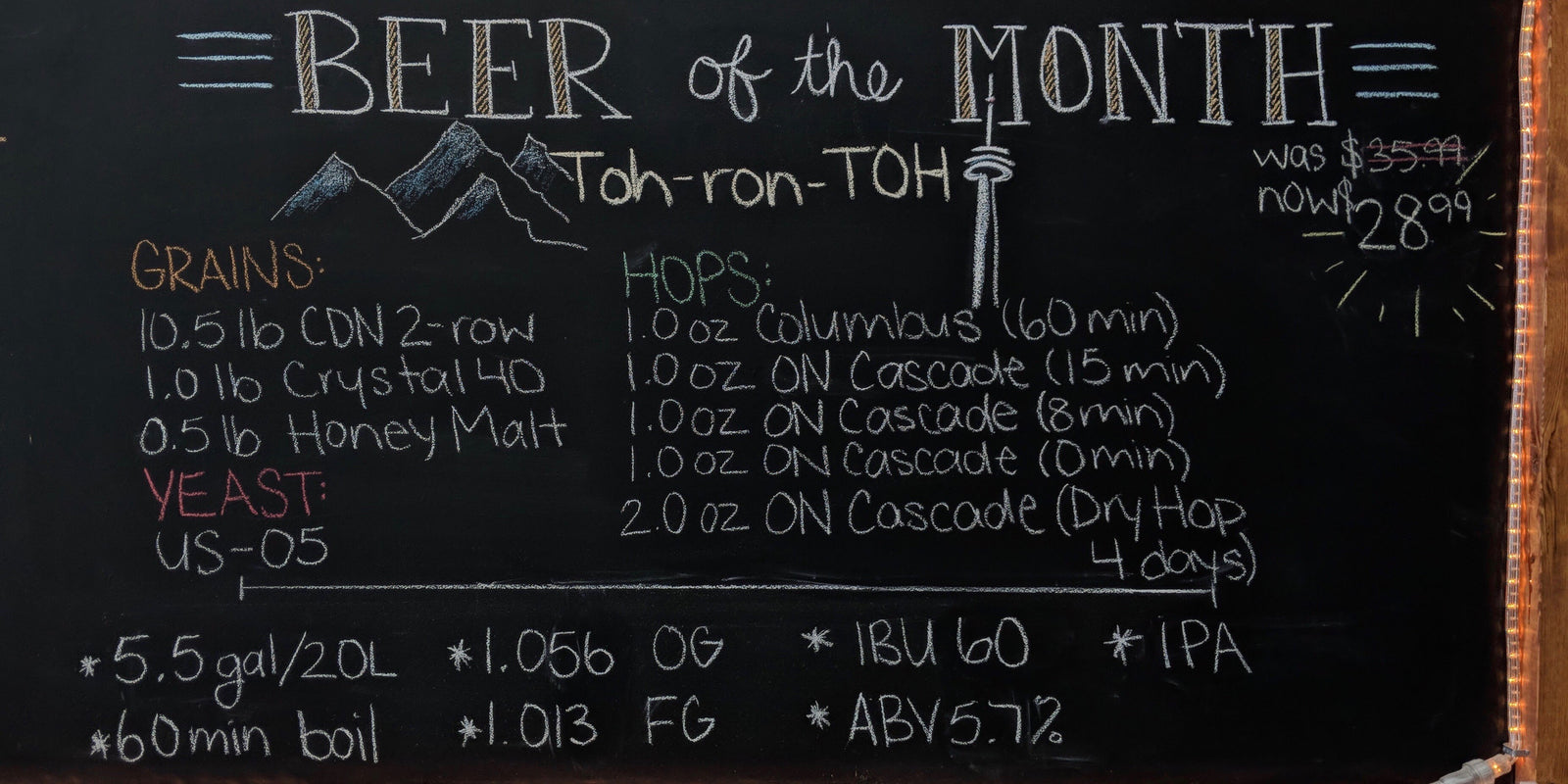BULK BUY - Pre-Order 55LB Bags of Grains and 500g Bricks of Yeast and get 5% Off. Deadline to Order is 12pm April 2nd.
Menu
-
-
ABOUT
-
WINERY
-
BREWING
-
SUPPORT
-
-
INGREDIENTS & RECIPES
- RED WINE JUICE
- WHITE WINE JUICE
- RECIPE KITS
-
Try one of our peer reviewed recipes and ingredient kits! Each of these recipes are designed and hand crafted by the staff at KJ.
All kits include the required ingredients and instructions.
- GRAINS
- EXTRACTS
- HOPS
- YEAST
- EXTRAS
-
EQUIPMENT
- STARTER KITS
-
Starter kits are a great way to get started brewing. Our different kits have everything you need to get that first batch cooking.
- BREWING EQUIPMENT
- KEGGING
- BOTTLING
- CONTAINERS
- OTHER
- CONTACT US
- 519-824-1624
- Login
-
Canada (CAD $)

0
Your Cart is Empty
BULK BUY - Pre-Order 55LB Bags of Grains and 500g Bricks of Yeast and get 5% Off. Deadline to Order is 12pm April 2nd.


